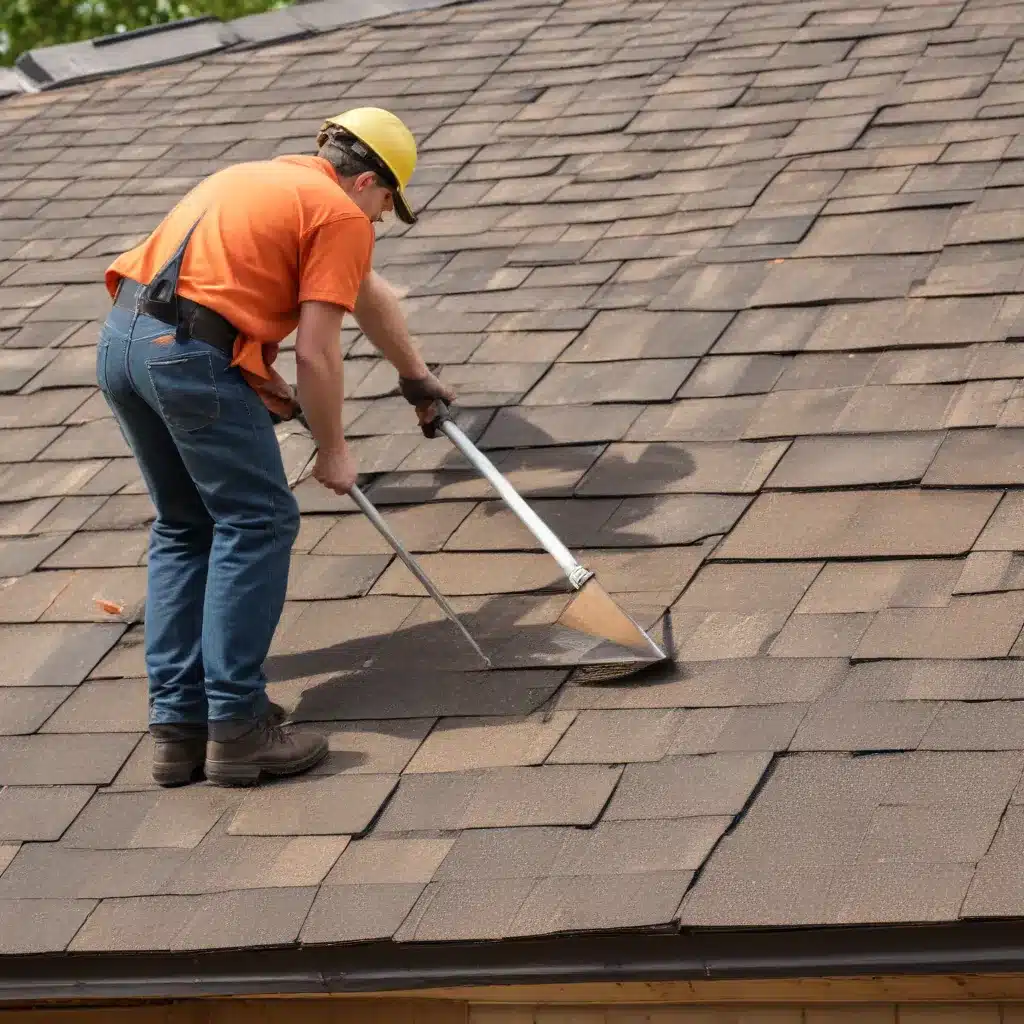
As a seasoned roofing professional, I understand the importance of providing homeowners with practical and comprehensive guidance on navigating the roof repair process. Storms, heavy rain, and other weather events can wreak havoc on your home’s most critical barrier – the roof. Restoring your roof to its former glory can seem daunting, but with the right approach and the expertise of experienced professionals, it can be a seamless and stress-free experience.
Assessing the Damage
The first step in the roof repair process is to thoroughly assess the extent of the damage. This is a crucial step that should not be overlooked. It’s important to remember that some damage may not be immediately visible, so it’s best to have a professional roofing contractor conduct a comprehensive inspection.
When assessing the damage, look for the following signs:
- Missing or damaged shingles: Inspect your roof for any missing, cracked, or curled shingles. These can be indicators of more significant issues.
- Debris on the roof: The presence of debris, such as branches, leaves, or hail, can suggest that your roof has been impacted and may require repairs.
- Damaged gutters or downspouts: Inspect your home’s gutters and downspouts for any signs of damage, as these can also be affected by storms and weather events.
If you can safely access your roof, take detailed photographs of the damage and document your findings. This documentation will be essential when filing an insurance claim and working with your roofing contractor.
Filing an Insurance Claim
Once you have a clear understanding of the damage, it’s time to contact your homeowner’s insurance provider. Most policies cover roof damage caused by sudden events, such as storms, but it’s crucial to review your coverage and understand any exclusions or deductibles.
When filing your claim, be prepared to provide the following information:
- Detailed documentation of the damage, including photographs and your roofing contractor’s assessment.
- The date and time the damage occurred, if known.
- Your policy number and other relevant details about your coverage.
Your insurance provider will assign an adjuster to assess the damage and determine the scope of the repairs. Work closely with the adjuster to ensure that all necessary repairs are covered and that you receive the full compensation you’re entitled to.
Selecting a Roofing Contractor
Choosing the right roofing contractor is essential for the success of your roof repair project. Look for a reputable, licensed, and insured contractor with a proven track record of quality work. Avoid “storm chasers” who may offer quick fixes at low costs, as they may not provide the level of expertise and workmanship you need.
When evaluating potential contractors, consider the following:
- Local expertise: A contractor with experience working in your area and familiarity with local building codes and weather patterns can be a valuable asset.
- Licenses and insurance: Ensure the contractor is properly licensed and carries adequate liability and worker’s compensation insurance.
- References and reviews: Ask for references from past clients and read online reviews to get a sense of the contractor’s quality of work and customer service.
Once you’ve selected a contractor, they will conduct a thorough inspection to assess the extent of the damage and develop a comprehensive repair plan. This plan should include the scope of work, a timeline, and a detailed cost estimate.
The Repair Process
With the repair plan in place and the insurance claim filed, your roofing contractor can begin the repair work. A reputable contractor will keep you informed throughout the process, ensuring that you understand the progress and any changes or challenges that may arise.
During the repair process, your contractor will:
- Remove and dispose of any damaged materials: This may include removing and replacing damaged shingles, flashing, or other roofing components.
- Inspect and address any underlying issues: Your contractor will examine the roof’s structure, looking for signs of water damage, rot, or other problems that may require additional repairs.
- Install new roofing materials: Once the damaged areas have been addressed, your contractor will install high-quality roofing materials to restore your roof’s integrity.
- Ensure proper ventilation and drainage: Proper roof ventilation and drainage are essential for the long-term performance of your roof, so your contractor will ensure these systems are functioning correctly.
- Perform a final inspection: Before the project is complete, your contractor will conduct a final inspection to ensure that the repairs meet your expectations and any relevant building codes.
Maintaining Your Repaired Roof
Once the repair work is finished, it’s essential to maintain your roof to ensure its longevity and protect your home from future weather-related damage. Your roofing contractor can provide you with guidance on the necessary maintenance tasks, such as:
- Periodic inspections: Regular inspections, at least once a year, can help identify any issues before they become major problems.
- Cleaning and debris removal: Keeping your roof free from debris, such as leaves and branches, can prevent clogged gutters and potential water damage.
- Prompt repairs: Addressing any minor issues, such as cracked or missing shingles, as soon as they are discovered can help prevent more extensive damage.
By partnering with an experienced roofing contractor and following a proactive maintenance plan, you can ensure that your repaired roof continues to provide the protection and value your home deserves.
Remember, the Roofers in Northampton team is here to guide you through every step of the roof repair process, from the initial assessment to the final restoration. With our expertise and commitment to quality workmanship, we can help you navigate the challenges of roof damage and restore your home’s resilience against future storms and weather events.

